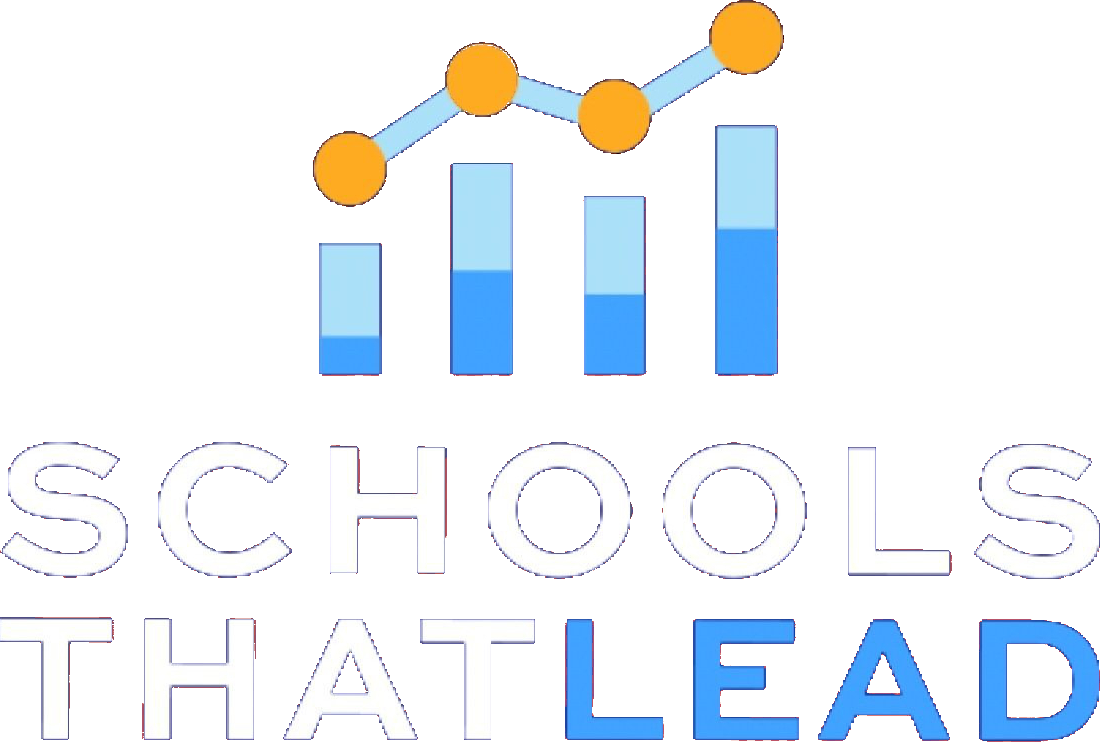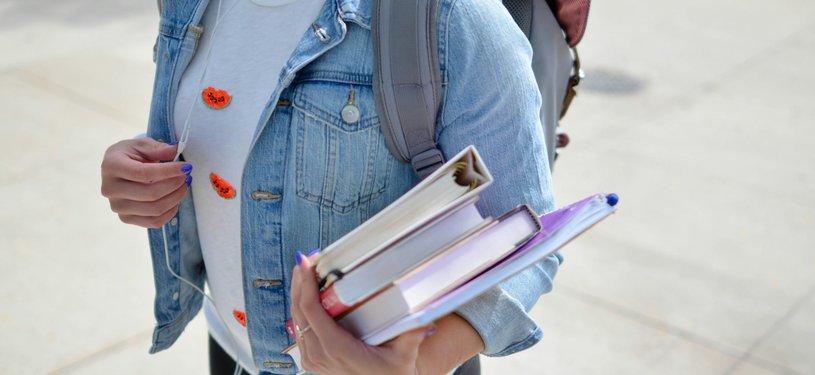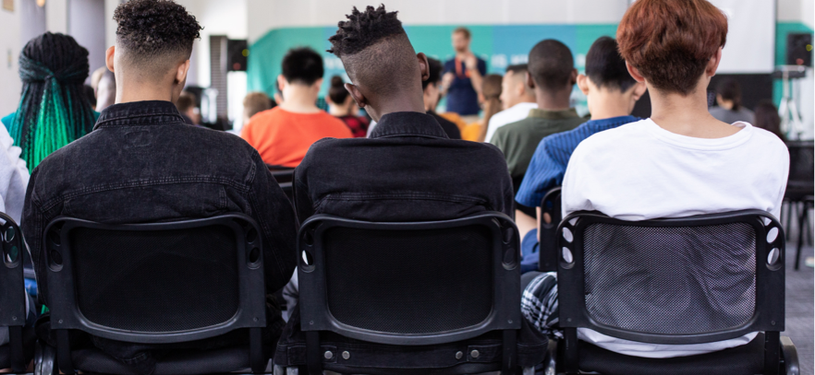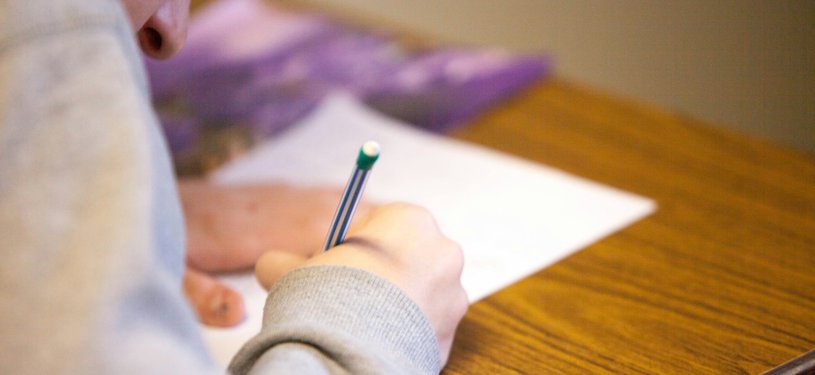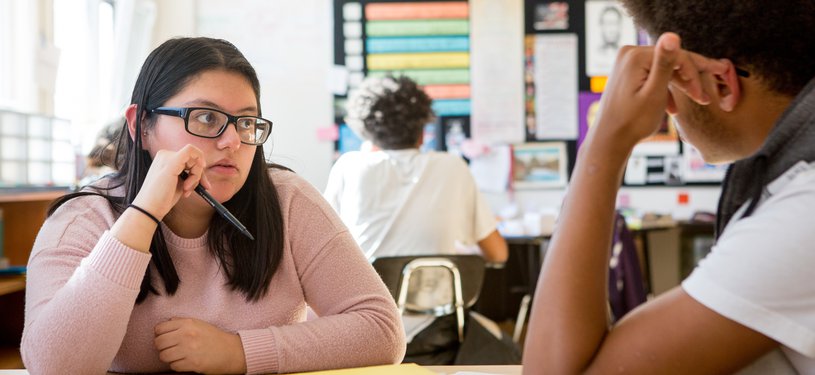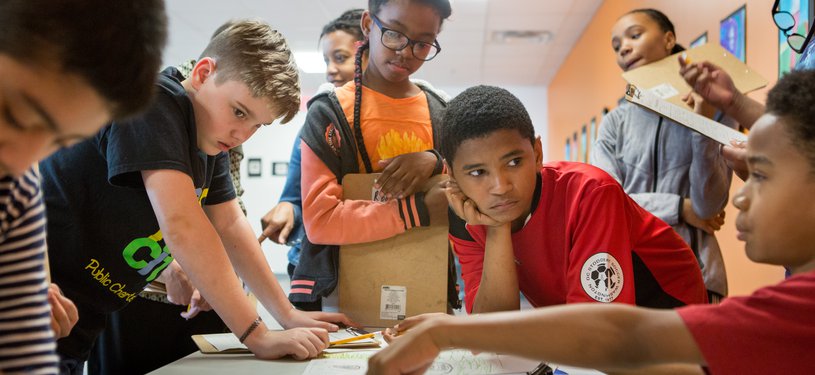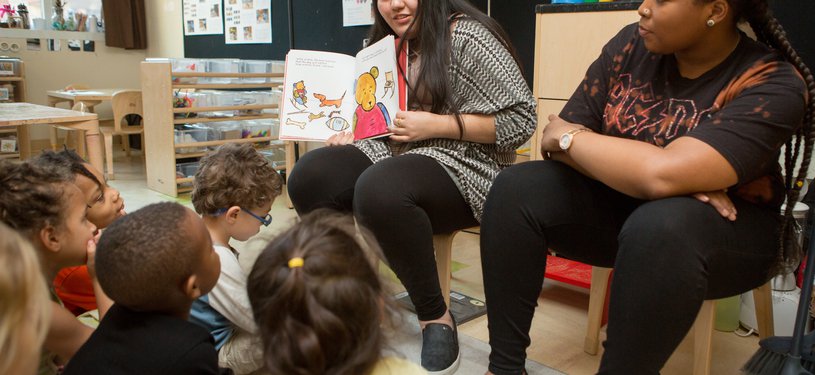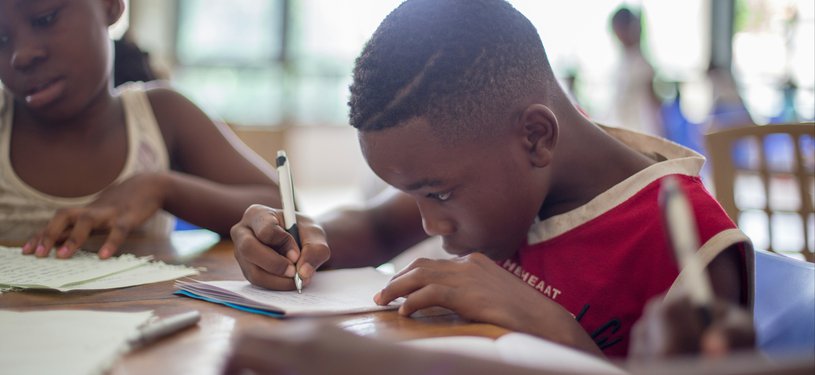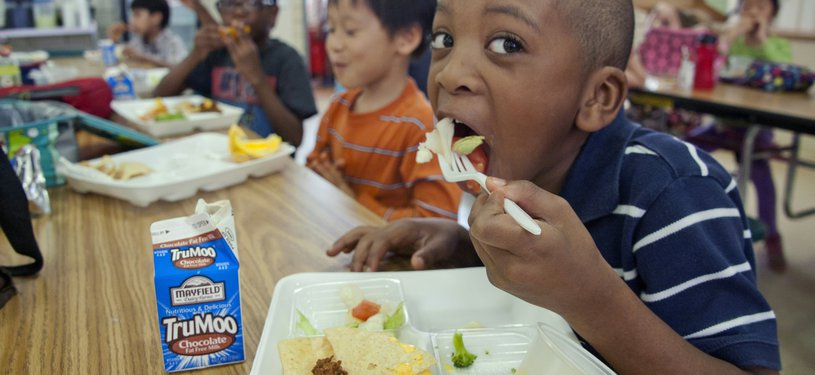
Emerging Idea: Lunch Bunch For Belonging
Authors:We welcome you to proceed with using this idea. However, this idea has shown promise but needs additional testing before it can be considered a research-based change idea.
Do you want to be a part of a movement to improve outcomes for students anywhere by testing this idea and contributing to the field? Are you willing to test this idea and collect data? We are here for you.
Email thailey@schoolsthatlead.org for a simple data collection tool. Once you have successfully completed testing and submitted your data, you will have the opportunity to receive a token of appreciation from us here at Schools That Lead (Some restrictions apply).
This is a chance to improve outcomes for your students and to accelerate improvement overall!
I have six students who have poor attendance. My theory is that they have very few connections at the school. Five of the six of them have been at Nebo Elementary School less than a year and they haven’t made connections with many students or staff members.
I (and the media coordinator) had lunch with the students daily for a month (20 school days). The lunch provided a time for students to make a connection with a staff member with hopes that they will be motivated to come to school. During lunch we chatted about their interests inside and outside of school. We talked about their evenings, families, and extracurriculars as well as their friends at school, their classwork, and recess. I also shared with them where they could feel connected. Ex. what I did in the evenings, what I like to eat for lunch, etc. With one student we had a conversation each time about math because that was an area in the classroom she was struggling with.
I tracked data based on the attendance of the student during the month (20 school days) and compared to the attendance of a month prior.
The first few I did as a 1-1 lunch group. Then the last group was 2-1 because they were in the same classroom.
When I decided which students I wanted to work with, I first approached the teacher and told them my plan. Each teacher was on board with the idea and offered no resistance. When I first met with the kids, I told them that I enjoy getting to know all of our school’s students and since they were new I wanted to get to know them better. I purposely didn’t tell them that we were having lunch due to their number of absences. I wanted to focus on the relationship piece. Five of the six students enjoyed our lunches together. One student who is extremely shy didn’t enjoy lunch as much as the others. She preferred when I sat at her table with the rest of the class opposed to being pulled away.
Once our month was up, I didn’t want to drop lunch with them altogether. So I backed it up to one day a week. I told them that there were other students that I wanted to get to know therefore we would cut our times back to allow for that. I will continue to monitor their attendance to make sure their improvement sticks. And for Student C, the one whose attendance did not improve, we will look for another idea to help him regularly get to school
Adaptation for Course Performance or Behavior
Deanna Ray, Principal, Glenwood Elementary, Marion NC
I was concerned about five 2nd to 5th grade students who had at least one D/F in math or ELA. I thought that having the attention of the principal might help the students feel a deeper connection to school, which then could show up in their enthusiasm and willingness to do school work.
I started a weekly Lunch Bunch meeting on Mondays, mainly simply to get to know the kids and build connections. In our building the counselor and behavior support lead also have lunch bunches, so I tried not to overlap with their groups. I used a book, Academic Advisement Program for Grades 4-6 by Lisa King, to provide some prompts and activities during our time together. I asked teachers to select which students might benefit from this time. All of the students were excited to come eat with the principal – I think it made them feel special.
Topics for Lunch Bunch:
- Getting to know each other, likes and dislikes, what they like about school
- Thanksgiving
- What they learned that day and if they had a struggle, how they overcame it
- Academic word games
- Circle game: Students choose a word, then next student in the circle thinks of a word that starts with the last letter of the word chosen by the previous student
Adaption for Behavior
Jenni Frye, Principal, Sawmills Elementary, Sawmills NC
I identified four 4th graders with three or more minor infractions. My theory is there is a lack of maturity and inability to handle some social situations.
I began having a weekly lunch group with the four students and the guidance counselor.
- Get teacher input on 3 students
- Eat in the conference room every Friday
- Topics during lunch: relationships, choices, motivators, personal goals
The Approach
- Use incidents to drive discussion
- Let them talk first. Make small talk. Leverage relationships
- Casual, comfortable, not punitive
- How they should talk/respond to adults,peers
- Humor/empathy
-
Research Base
King, L. (2006). Academic Advisement program for grades 4-6: Lessons, activities, games and reproducible forms & handouts to help students become more successful in school. YouthLight.
-
Impact
Student Outcomes In the Different Contexts
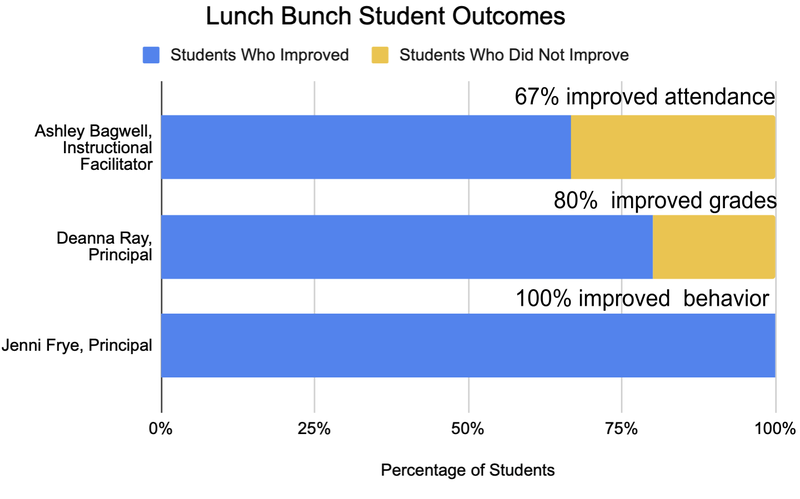
Attendance: Ashley Bagwell, Instruction Facilitator, Nebo Elementary, Nebo NC
- Five of the six students have had significant improvements in attendance. Most notably, one of the students went from missing 75% of school to missing no days at all.
- One student had 12 absences early in the year (October through November) and I was concerned. Their attendance had improved to 0 absences in the month prior to Lunch Bunch. I still wanted to deepen their connection to school and make sure he was okay. During the month of Lunch Bunch, the student was only absent from school one day and that gave me confidence that the student was back on track.
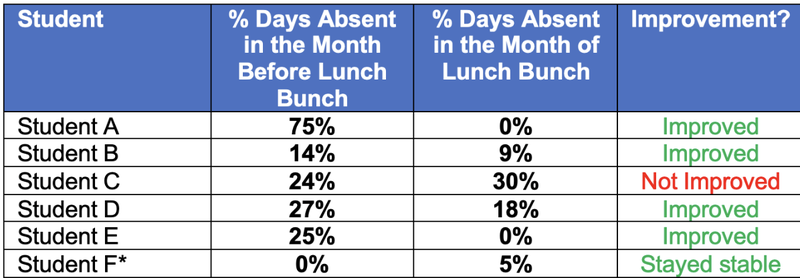
Course Performance: Deanna Ray, Principal, Glenwood Elementary, Marion, NC
- 80% of participating students improved their grades; 60% moved off the D/F list and are maintaining C's or better in their classes. The one child who has not yet improved her grades was absent from half of Lunch Bunch meetings.
Process Measure: the number of days each student attended Lunch Bunch.

Outcome Measure: the change in the course grade before and after Lunch Bunch.

Behavior: Jenni Frye, Sawmills Elementary, Sawmills .NC

- All four of the students improved their behavior from before Lunch Bunch to after.
-
Practical Keys to Success
Ashley Bagwell, Instruction Facilitator, Nebo Elementary, Nebo, NC
- The first few I did as a 1-1 lunch group. Then the last group was 2-1 because they were in the same classroom.
- When I decided which students I wanted to work with, I first approached the teacher and told them my plan. Each teacher was on board with the idea and offered no resistance. When I first met with the kids, I told them that I enjoy getting to know all of our school’s students and since they were new I wanted to get to know them better. I purposely didn’t tell them that we were having lunch due to their number of absences. I wanted to focus on the relationship piece. Five of the six students enjoyed our lunches together. One student who is extremely shy didn’t enjoy lunch as much as the others. She preferred when I sat at her table with the rest of the class opposed to being pulled away.
- Once our month was up, I didn’t want to drop lunch with them altogether. So I backed it up to one day a week. I told them that there were other students that I wanted to get to know therefore we would cut our times back to allow for that. I will continue to monitor their attendance to make sure their improvement sticks. And for Student C, the one whose attendance did not improve, we will look for another idea to help him regularly get to school
Deanna Ray, Principal, Glenwood Elementary, Marion, NC
- Week 4 when I was unavailable for Lunch Bunch, I found a substitute, Officer Joey (School Resource Officer) instead of canceling that time. I wanted students to maintain that routine.
- I found that students enjoyed the lunch bunch. Building a relationship with the principal was special. The students felt special because the principal selected them for a special lunch bunch group. Building those relationships was integral to their improved success. One student who had attendance concerns in addition to academic concerns said he liked coming to school. He felt when he was out, he got behind and he didn’t like being out. That was a victory!
- Having a principal run and share their PDSA with the faculty made a big impression on teachers. Jennifer Blake, teacher: “When you shared at PLC that you were trying this, I think it made teachers consider the students in a new light. They saw if you were investing in these struggling students, they thought about what else they might try to help meet the children’s needs.”
-
Measurement
- Record the date, attendance and notes for each student for every lunch bunch session.
- Record the change in measure (attendance, course performance, or behavior) over time.
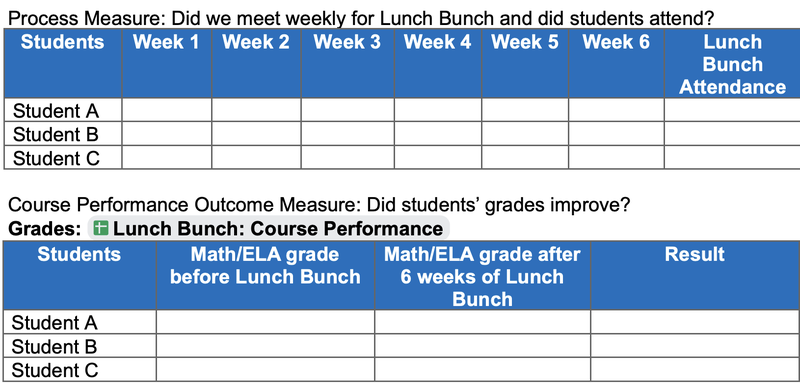
Collect data using the appropriate measurement tool:
